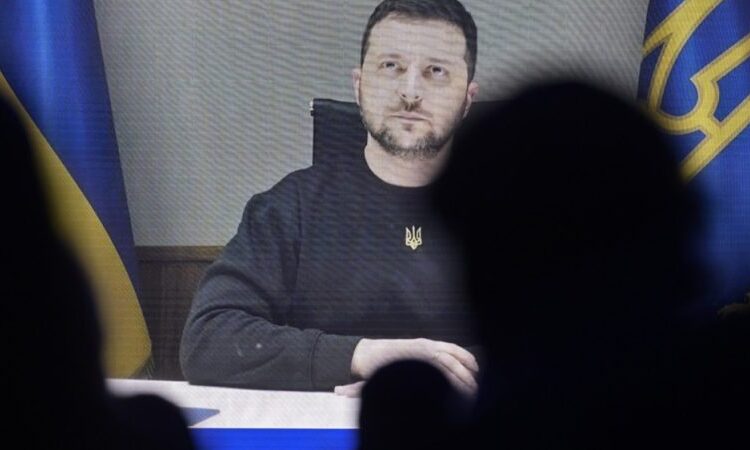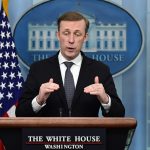
Talks to boost the European Peace Facility (EPF), the EU’s funding mechanism to sustain European military deliveries to Ukraine, are unlikely to be finished before EU leaders sit down to review the bloc’s entire budget in December.
At their regular December summit, leaders of the EU27 countries are expected to discuss the bloc’s future finances, following the European Commission’s proposed review of the EU budget, a new fund for strategic technologies (STEP), and a top-up of the European Peace Facility.
The fund has been seen as crucial by EU member states in donating their defence equipment to Ukraine, as it would reimburse them for the deliveries. The increase, together with other support, has been billed as a “security arrangement” to Ukraine, to support the country long-term.
“We are not expecting any answer on the matter before the European Council in December, where leaders will put everything related to budget matters on the table to take a decision,” one EU diplomat told Euractiv.
“Budget matters are leaders-level discussions,” the diplomat said, adding: “That also goes for the top-up of the European Peace Facility, because, this time, we’re talking about a lot of money”.
Funding running low
The EPF, initially worth €5.6 billion, was created outside the framework of the EU budget since the latter cannot be used to finance the purchase of defence equipment for third countries and EU military missions and operations.
However, it has been largely used up to reimburse EU member states when they sent their own defence stocks of weapons, tanks and ammunition to Kyiv.
Despite a first top-up of €5.5 billion at the end of 2022, before summer the EU’s chief diplomat Josep Borrell proposed raising the fund’s ceiling by €20 billion for the next four years to avoid Ukraine’s massive needs jeopardising support to other third countries.
“EU leaders will have a discussion on the whole package [of Ukraine support],” one EU official told Euractiv.
“The package includes the EU budget mid-term review, the Ukraine €50 billion macro-financial assistance, the €20 billion Peace Facility top-up, and the new Strategic Technology European Platform (STEP),” the official added.
The amounts requested by the EU executive have been received with caution by the member states, as budgets are under strain all around Europe.
A decision on the €20 billion top-up might be laborious, EU diplomats say.
Speaking to reporters in Kyiv earlier this month, Borrell said he had proposed to Ukraine a new multi-annual envelope inside the EPF of up to €5 billion for the next year, effectively splitting up the total amount to bring about a quicker decision.
As happened for the previous top-up, member states could reach a political agreement on the €20 billion, the disbursement of which would then be formally agreed in smaller tranches.
Hesitancy
Meanwhile, resistance to the disbursement of funds persists.
The newly-elected Slovak Prime Minister Robert Fico ran his campaign on a platform to end military aid to Ukraine, and Hungary has already been blocking the allocation of a €500 million package from the current EPF budget to Ukraine’s needs, demanding that Kyiv de-blacklists their OTP bank.
While the conditions raised by Budapest had been fulfilled earlier this month, there has been no movement on a decision.
“We first need to agree on the premise that there will be a top-up, we still don’t have that basic agreement,” a second EU diplomat told Euractiv, “then we will decide whether the decision is for four times €5 billion or one time €20 billion.”
The EU’s diplomatic service EEAS is ready to propose a “buy European preference” bonus into the special Ukraine Fund, Euractiv understands.
According to this idea, the rate of reimbursement of countries’ equipment donated to Ukraine would be higher if it is made in the European Union, in a move to encourage purchases of European equipment over American, Israeli, or South Korean for instance.
[Edited by Alexandra Brzozowski/Nathalie Weatherald]






